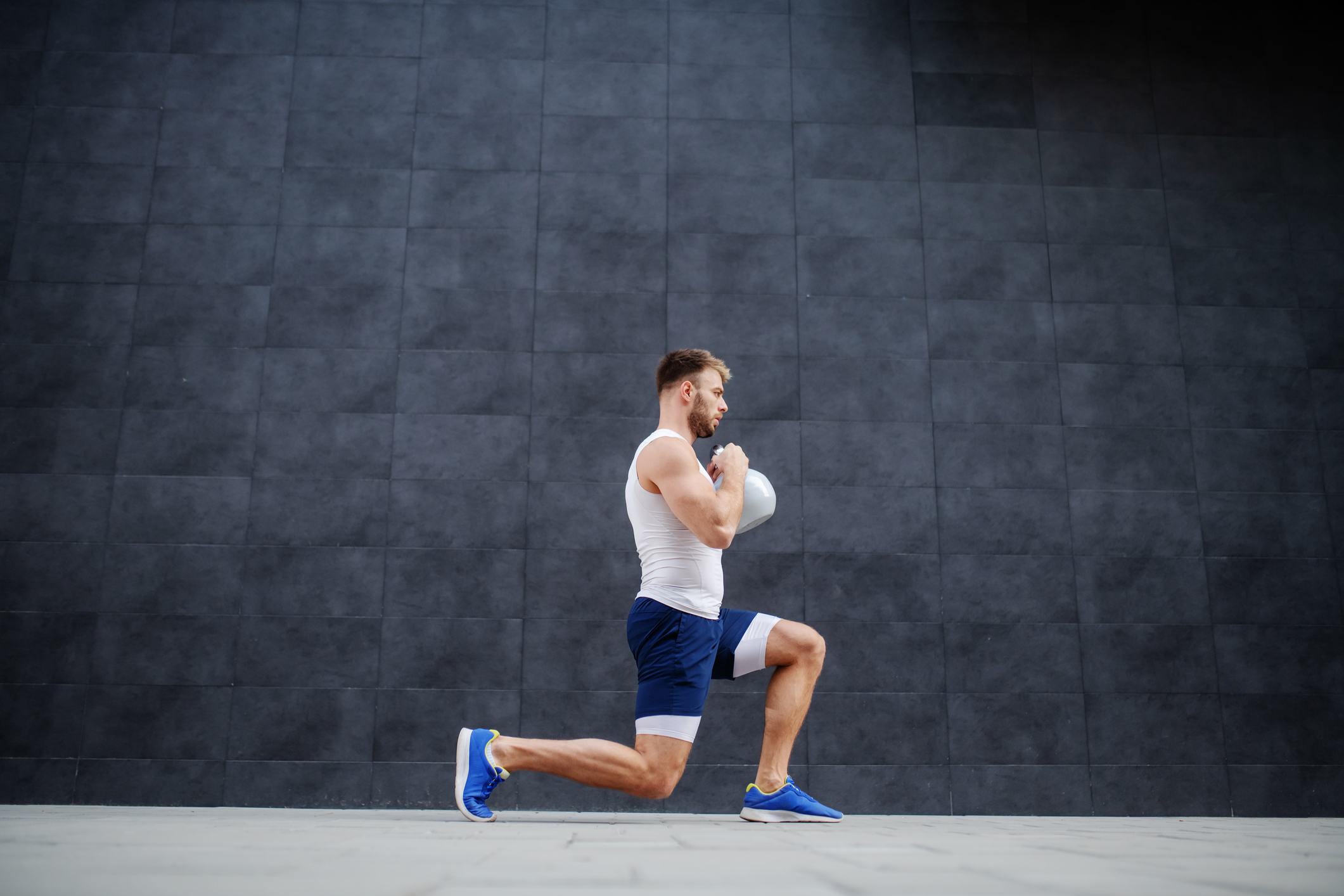

By John R. Mishock, PT, DPT, DC
In the US, 30 million children and teens participate in organized sports with more than 4 million injuries each year. The majority of these injuries occur as sprains and strains of the upper and lower extremity. (Hopkinsmedicine.org) Many of these injuries are preventable with proper exercise training, which ultimately reduces health care costs and minimizes lost playing time keeping the athlete on the field or court. Injury prevention starts with assessing and treating body asymmetries that lead to biomechanical stress and injury. This article will focus on the “Core” (trunk, spine, pelvis, and hips) and implication in injury and sports performance.
The “Core” (corset or hoop-like action) is a series of 29 muscles attaching the trunk, spine, pelvis, and hips. The “core” is essential in functional body movement and stability. Core stability refers to the body’s ability to control the trunk’s position and motion while the arms and legs are moving. Stability is created through muscular contraction, which leads to compression of the spine, pelvis, and limb joints. To have stability in the limbs, the individual must first have stability in the “core.”
With optimal stability in the “core,” the limbs can move with greater freedom, control, and efficiency, thus preventing aberrant movements that facilitate injury. This stability created through the “core” also allows optimal force to be transferred from the ground or through various body segments. Sports performance is enhanced through “core” stability by enabling the development of power (force x velocity), making the athlete explosive in throwing harder, hitting further, running faster, and jumping higher.
Studies Focused on Core Strength in Athletes
A study of 347 professional baseball players showed that those who had poor core strength and control were three times more likely to miss more than 30 days due to injury or the shoulder or elbow (Chaudhari et al., 2014)
A study of overhead throwing athletes revealed that those with poor core stabilization had increased stress at the elbow and shoulder. Subsequent training of the core reduced elbow and shoulder injury. (Laudner, 2019)
In a study of 30 male baseball players with “Tommy John Ligament” tears (ulnar collateral ligament), all had poor strength and motor control of the core. Poor “core” strength and control lead to the early opening of the hips and pelvis during pitching, causing increased biomechanical force at the elbow. (Garrison et al., 2013)
A study of overhead throwing athletes demonstrated that the inability to control the pelvis (due to core weakness) during pitching led to a 49% increase in shoulder labral pathology. (Burkart et al.)
In soccer and basketball players, non-contact ACL injuries of the knee often occur. Studies have shown that weak hip and pelvis control leads to poor landing technique (valgus), increasing knee ACL injury. (Zazulak 2007, De Blaiser, 2018) Prevention programs have been shown to reduce the incidence of ACL tears by more than fifty percent.
A recent study showed that overuse injuries of the lower extremity (Achilles tendinosis, knee patella tendinitis, hip bursitis) increased by 30% when there are “core” muscle strength and endurance weakness in athletes. (De Blaiser et al. 2019)
The evidence clearly shows that the proper physical therapy assessment and individualized core training program can optimize sports performance and prevent injury.
We can help!
If pain or limited function that is limiting you from doing the activities you enjoy, call Mishock Physical Therapy for a Free Phone Consultation (610)327-2600. Email your questions to mishockpt@comcast.net. Visit our website to learn more about our treatment philosophy, our physical therapy staff, and our 7 convenient locations in Gilbertsville, Skippack, Phoenixville, Boyertown, Limerick, Pottstown, and Steiner Medical.
Dr. Mishock is one of only a few clinicians with doctorate-level degrees in both physical therapy and chiropractic in the state of Pennsylvania. He has also authored two books; “Fundamental Training Principles: Essential Knowledge for Building the Elite Athlete”, “ The Rubber Arm; Using Science to Increase Pitch Control, Improve Velocity, and Prevent Elbow and Shoulder Injury” both can be bought on Amazon.
